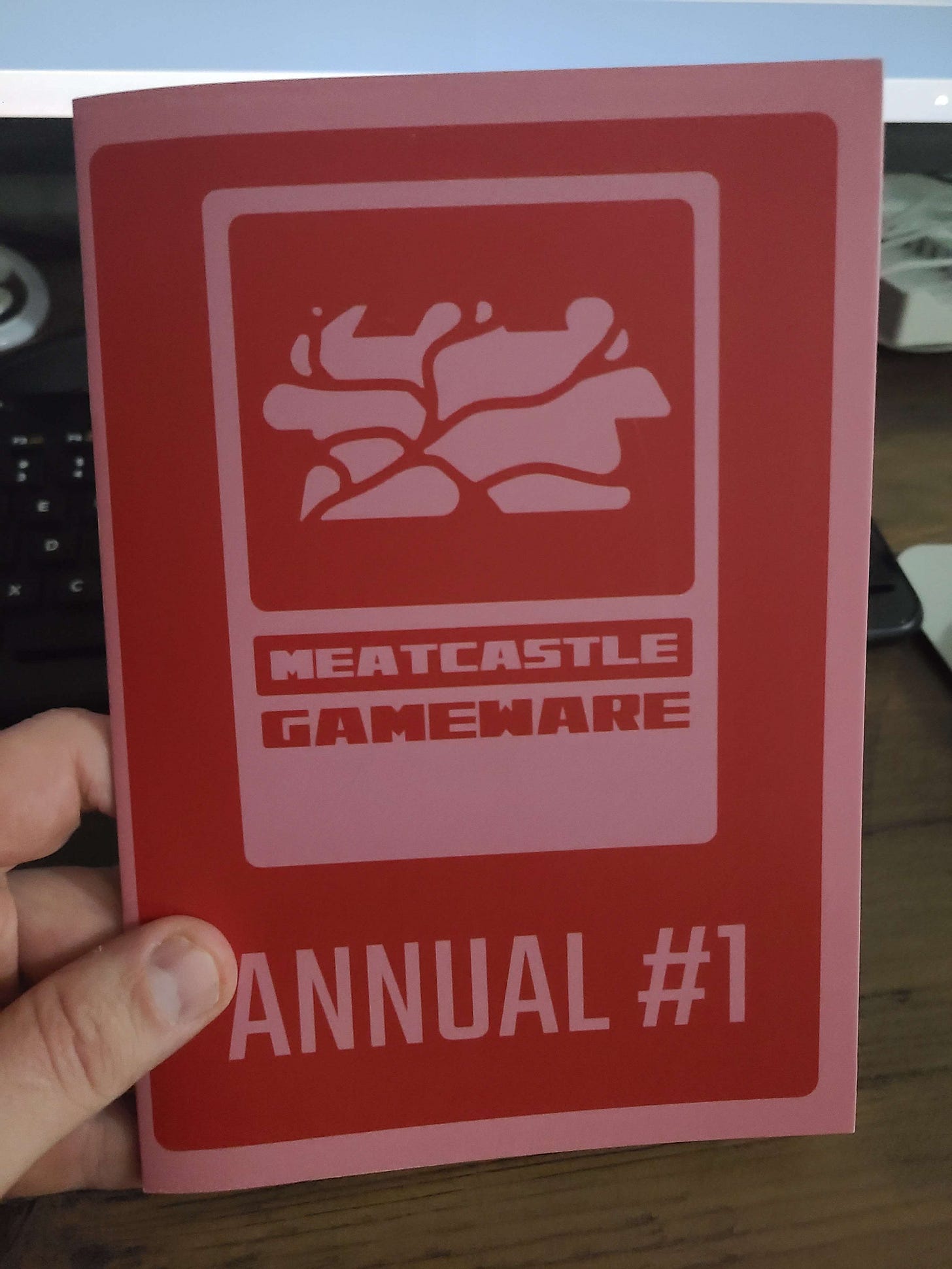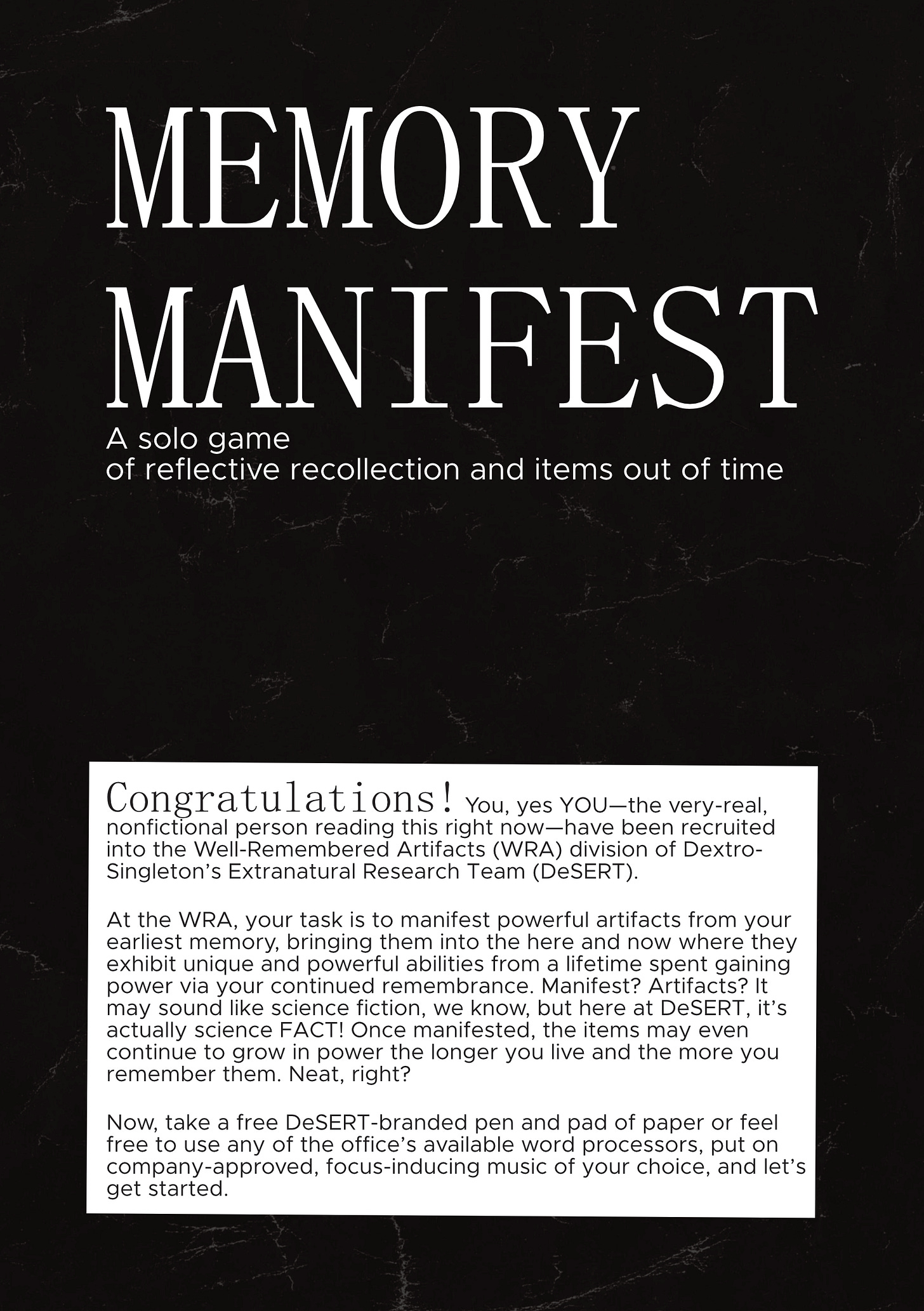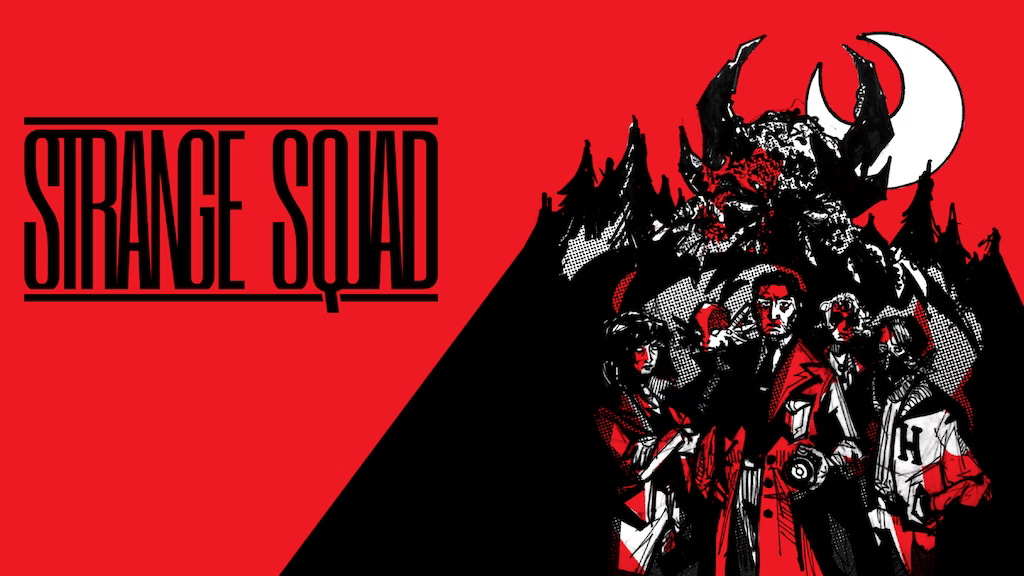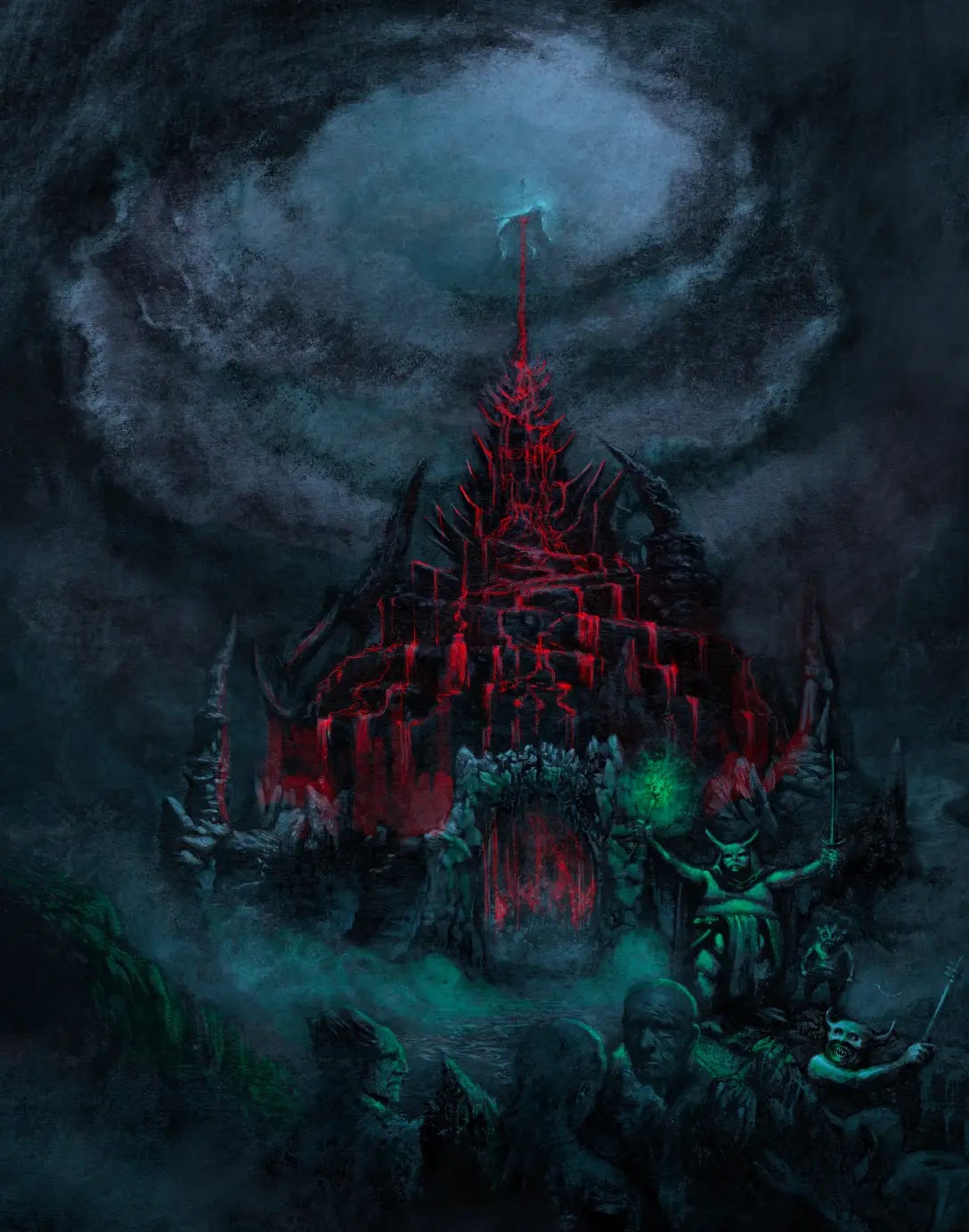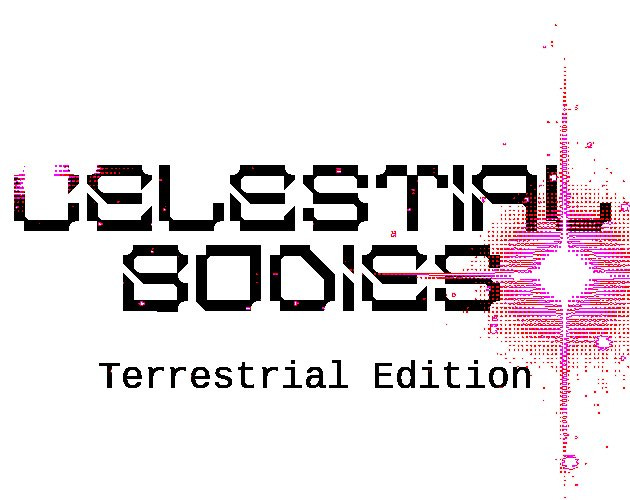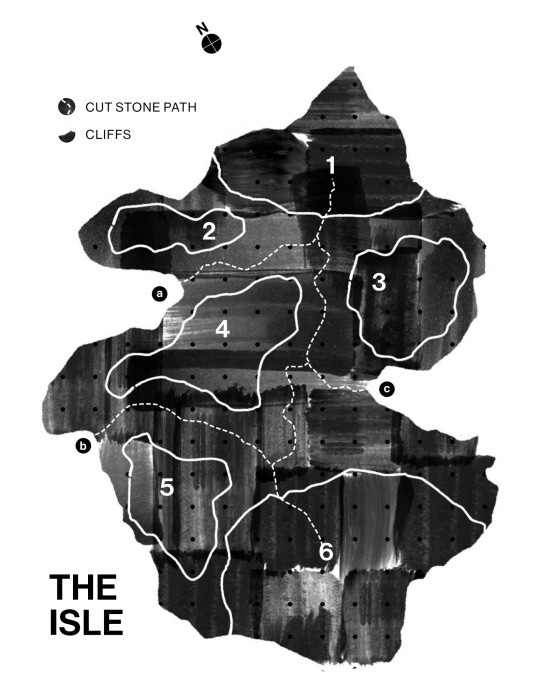Recently, I joined a local game group and I was happy to see, instead of DnD, the group played a wide variety of TTRPGs. More often than not, they played Powered by the Apocalypse and Forged in the Dark games. They were excited when I mentioned being a fairly experienced OSR-y creator and GM since they were interested in playing those types of games but never had. I asked why that was, why they never had, and across every person I talked to in the group, they said it was because the books didn’t explain how to actually run them, at least not in a way that compared to games like Blades in the Dark. I have mixed feelings about Blades in the Dark’s text overall, but I cannot deny that it spends a considerable amount of its text attempting to guide prospective GMs through the how, what, and whys of running the game.
By comparison, this is the one of the few explicit pieces of GM guidance in Mork Borg:
Getting Better (or worse)
The game master decides when a character should be improved. It can be after completing a scenario, killing mighty foes or bringing home treasure.
Beyond that line, the game hardly even speaks to the GM beyond explaining the basic rules (players do X in combat, enemies do X). Obviously, this hasn’t stopped Mork Borg from being successful and for an experienced GM, it’s an easy game to put it into play, but I can’t help but wonder how many folks saw that great looking book on the shelf, read it, and then didn’t feel confident enough to make that jump to bringing it to the table.
TTRPGs are widely an oral tradition, running from one player group to another over the decades, but sometimes, there is no link in that chain capable of reaching someone and they want to start their own tradition. When the text doesn’t explain them (in plain enough language) how and why to run the game, when to do certain things, etc. than those folks are just lost. They don’t play the games and don’t engage further. Even if technically the game does contain the info needed to run the game, if the reader comes away not sure how to use it at the table then they won’t employ it.
Now, I don’t think this is something all games need to do (in fact, no game NEEDS to do anything), but I do think this kind of guidance is something many games could benefit from. Knowing your audience is a big part of creating something you can turn into a feasible product. For Tacticians of Ahm, my target audience are folks who, like me, miss tactical grid combat but turned away from games like DnD where playing that way means tremendously slowing the pace of play, lots of prep, etc. Plus, I want to appeal to current players of trad games in an attempt to show them there are other interesting, maybe even better, ways to do the things they love in those games.
Now, I’m not delusional enough to think this game will in anyway be a DnD killer, but for me and my group, it’s absolutely a DnD replacement so I think having the text built to speak to the average player in that space is valuable.
This type of guidance is difficult to write, encapsulating down all those little internal judgements calls and reasons that I may not even actively be considering during play but feed in subconsciously into rulings, prep, etc. I found it easiest to bring this out in the text by just being up front with your ideas and intentions as the designer. Talk to the reader like you would someone in person. It’s okay to drop the veil here.
Lastly, remember that “balance” is largely a myth, given the inherently open nature of roleplaying games. While Ahm is more structured in some ways than other roleplaying games, your ability to make rulings at the table, to create house rules, and the player’s ability to go outside of the core combat mechanics with Aptitude Actions and play suboptimally (whether unintentionally or to better fit their character) means a seemingly impossible fight may still be won and a trivial fight may still go wrong in a number of interesting ways. In either case, you will be having fun at the table. - Tacticians of Ahm, Gamemaster’s Guidebook
If you’d like to see the best example of a game looking to give guidance on how to play a typically guidance-less style of TTRPG, check out the Mothership 1e Warden’s Operation Manual. It has some of the most straightforward, honest, and smartly written guidance on what it means to be an OSR/rules-light GM running a player-driven campaign. That single book has more guidance than probably…. 20 other games of its ilk combined. Guidance like the WOM is how a game goes from being a big fish in a little pond to a medium-sized fish in the big pond.
If I do my job right, I want a new or fairly inexperienced 5e GM to be able to read the Tacticians of Ahm rulebook and see how they could bring it to the table without it weighing down the text too much for everyone else. As it currently stands, this guidance is fairly short, just a few pages. In the end, I may dig in harder onto it if early feedback suggests those people are still a bit lost, but for now, I still think what I have will go a long way to helping folks make the jump from here to there.
MCGW ANNUAL #1 PRINTS!
The MeatCastle GameWare Annual #1 prints have arrived and will be shipping out next week for everyone who pre-ordered. You can still get copies at my new online shop (more of my catalog will be in stock in the coming weeks as well)!
FREEBIE: MEMORY MANIFEST
This month’s TTRPG Freebie is Manifest Memory, a weird, little solo game of tunneling through your memories to extract important items from your past in order to create powerful artifacts in the present. If that sounds intriguing, I hope you like it. It can be played as a light journaling game or just as a thought exercise you sit and ponder for a while.
If you play this, let me know (either here or at meatcastlegameware@gmail.com). I’d love to hear how it went (and how it made you feel)!
Get the full 8-page zine (including printer-friendly and plaintext versions) HERE!
MORE COOL STUFF
Writing is complete on the Tacticians of Ahm rulebook! It’s off now to editing then I’ll knock out changes and revisions, drop it into basic layout, and it will be going live in early access form on Itchfunding (hopefully sometime next month)! Itchfunding will help give folks a chance to buy it at a cheap price and get access to all of the project’s future content as it grows while allowing me to increase my budget right now for things like art, layout, editing, and my own future time and effort. The rulebook contains everything you need to play from Level 1 to 10 (max level) including 4 classes with 40+ abilities, dozens of magical and corrupt3d items, a basic bestiary for enemies of all challenge levels, guidance on building battles and running the game, and more.
If you are subscribed here to the Missives, you’ll know the moment it drops.
Goblin Planet, a standalone sequel to There is a Goblin on the Loose in Icarus Station, is now in the works!
If you thought one goblin was bad, prepare yourself for an entire planet of the little guys. This adventure sees the crew pulled planetside after a raiding crew of goblin’s take them prisoner as a gift to one of the three kings of the Goblin Planet, kings that are ever-feuding. Structurally, I am building this to be an open, player-driven adventure in the vein of Dead Planet and Desert Moon of Karth.
There will be several factions to join, fight, and turn against each other across the three goblin kingdoms. Human settlements have been overrun and their inhabitants taken prisoner. Even the goblins themselves are not monolithic in their goals. Some want to go home. Some want to be free of this planet as much as you. There will even be a new goblin class for replacing lost crew members with a defecting little freak! It’s in early writing right now, but I’m hoping to bring it to crowdfunding sometime in the first half of next year.
My previously announced Mothership module, A Home in the Dark, is on the backburner for now for a few reasons (but I’ll have a better timeline for that once the 1e boxsets get delivered and whatnot). It’s still a project I'm passionate about, but I want to do it right when I do it.
Strange Squad by S. Murphy Games is live now on Kickstarter! I edited the core rulebook as well as one of the adventures on offer in the campaign: Anti-Reality Dumpsite.
In Strange Squad, members of the Agency of Aberrant Phenomena seek to solve conflicts involving Aberrants or 'Abes': Unnatural creatures and phenomena that defy conventional understanding. They work to uphold The Veil, a layer of secrecy that keeps the public from learning about these fragments of unreality, for their sake and ours.
It’s a streamlined, rules light system allowing you to create all manner of weirdo investigators, and in play, it feels like Hellboy meet X-Files in a really fun way. Plus, it’s cheap (~$33 USD for the core rules and 3 adventures)! You can also find the rules digitally HERE.
Leo Hunt (of Vaults of Vaarn fame) recently announced The Shrike, his new OSE campaign/setting book about a fractured region of hell centered around a massive spire-like mountain impaling an eternally punished god. As part of the announcement, I get to announce that I edited it! It’s a tremendous book, sprawling, rich, dark, sad, weird and even funny. One of the most interesting hellscapes I have ever read in TTRPGs and my biggest editing project yet. You can read more about the book HERE at Leo’s blog.
As you may know from Tacticians of Ahm, I’m a lover of grids and the Year of the Grid continues with Celestial Bodies: Terrestrial Edition, a really cool, combat-focused mecha game that uses an inventory grid system and a targeting grid to make for some of the coolest TTRPG combat I’ve seen in ages. Mechanically, it really makes you engage with the build of your specific mecha and then you use that inventory grid in combat by placing it onto the targeting grid itself. Dice rolls are placed on the grid and adjusted based on your other equipment and frame abilities. It’s just cool as hell in my opinion. Also, it’s already seen a ton of support. I may even be working on a fishing mini-game for it as part of their recently announced jam if I can find the time. You can check out the game HERE.
I made a small entry for The Lost Bay’s Urban Legend Jam about an escalator to nothing in the middle of nowhere. You can see more and get the high quality versions HERE.
Over on Tumblr, my Play-By-Blog of Luke Gearing’s The Isle continues! You can find the latest entry HERE or hit up the repository to get links to every entry and start from the beginning. Vote in the polls to decide what Medon, our lone character, does next!
Lastly, Mothership is getting a big, fancy in-studio actual play: The Panic Table from the crew over at Failure Island. I’ve gotten a chance to talk with Cameron, the man behind the show (and the Warden), and I’m really excited for how they are looking to stick to the heart of the game, embrace the third-party creator community, and more.
I’ve been playing a lot of games lately. In the last month or so, I’ve gotten to play Liminal Horror, Dungeon Crawl Classics, Savage World: Rifts, SIGMATA, Tacticians of Ahm, and even Frosthaven (yes, a board game but a very dungeon-crawly one at that). I think its worth reminding myself (and everyone out there) how important play is for inspiration, for relaxation, and to see the reason why we are all so invested in what we are here. Too often, I think many of us (especially myself) get lost in all the garbage around the edges and too often lose sight of play. Get to the table (whether its physical or digital). You’ll be happy you did.
See you next month. - Christian





